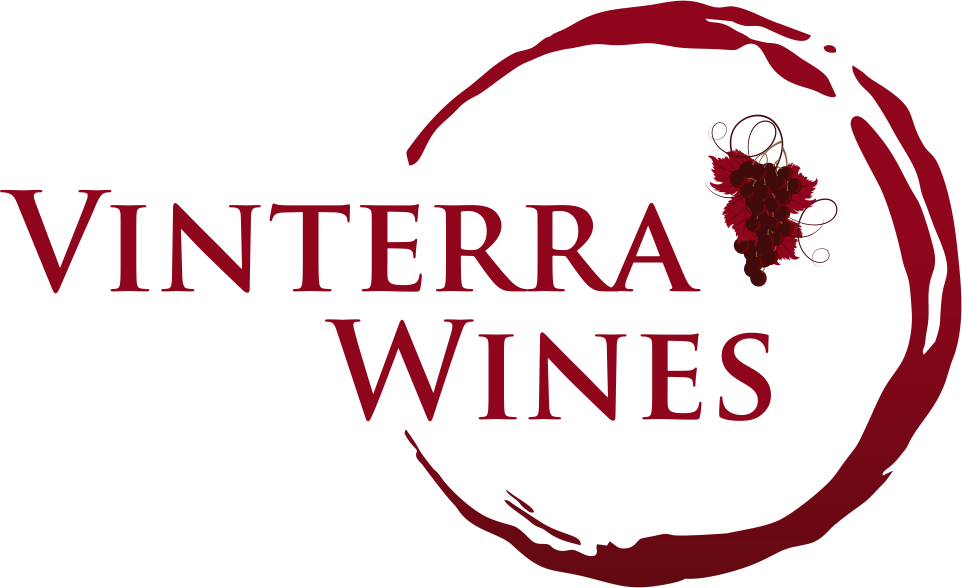About Burgundy
Burgundy, hardly the biggest wine region, has tremendous influence over the rest of the wine world. The combination of restrictive supply, complexity of the regulations and naming conventions (there's always an exception!), and tremendous amount of history and experience to draw upon making these wine creates a fascination for newcomers and seasoned vinos alike. After all, as they say, tous les chemins mènent en Bourgogne ("all roads lead to Burgundy"). However, understanding the region is really only as hard as you would like it to be. With these basic pointers, we hope we can put you on one of the many paths that lead to Burgundy.

The Ultimate Interpreter Grape: Pinot and Chardonnay
With the exception of a few other varietals, the majority of Burgundy is either pinot noir for reds and chardonnay for whites, making things simple and complex at the same time! It is simple because there is little need to study the blend of each producer, but it is complex because the thin-skinned and fickle nature of these two varietals allow them to 'interpret' the minute differences of terroir much easier. What is terroir? Put simply, the symbiosis of land, human touch, climate and weather, expressed and magnified through the conversion of grape juice into wine!

The Land: Fossils and limestones
So where exactly is Burgundy? Usually when we talk about wines from Burgundy, we imply the wines made anywhere in the administrative region of east-central France that shares the namesake. From north to south, the wine growing areas are further classified into Chablis, Chatillonais. Cote d'Or (comprising of Cote de Nuits and Cote de Beaune), Cote Chalonnais, Maconnais and Beaujolais. Long long time ago (about 200million years!), this whole region of France was underwater, which created an unique soil of limestone mixed with clay with the odd oyster (and other fossilised creatures!) in them. This typicity of the soil is especially prominent in the narrow band of 55-60km 'golden slopes' known as the Cote d'Or, where the most highly sought after household names such as DRC, Leroy, Leflaive, etc make their wine!

The Burgundian Pyramid: naming conventions
To give a sense of the size of production, Burgundy represents only 3% of all vines planted in France and the region makes only 200million bottles a year, equating to roughly 3% of all wine production in France, or 0.3% of the world's wine production! Within this amount, the hierachical classification further splits the wine, pyramid-like, into 4 levels of quality. The levels are:
1% Grand Cru (2million bottles a year!)
10% Premier Cru
37% Village
52% Regional

To complicate matters further, these 2million bottles of Grand Cru Burgundy are split into 32 different wines and between the lucky families that were handed down a piece of these hallowed vineyards. Suddenly, you are left with a matrix configuration of each producer making 300 bottles (on the lower side) to 20000 bottles (on the higher side) of each unique wine, and the reason for seeing "Batard Montrachet" made by 10+ different producers! Knowing which producer to turn to for each specific vineyard is the way to truly find value in Burgundy!

Confused? Want to learn more? Contact us!
